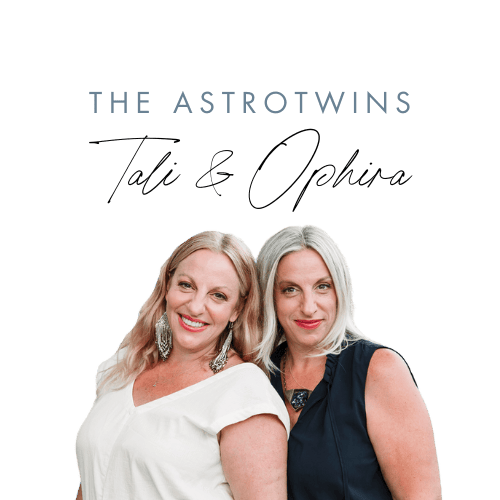Feng Shui is the art of designing balanced environments in harmony with the flow of chi (life force energy). Using the principles of Feng Shui, you can edit your living and work spaces for optimal wellbeing.
What is Feng Shui anyway? The basics.
Feng Shui (“fung schway”) in Chinese means “wind and water” and represents the two most basic elements of life. Together, “Wind Water” represents “Flow Balance.” This is what we call life force, or chi, energy.
Feng Shui has been practiced for thousands of years. It’s not only practical, but it’s also a valuable path to wellness in a cluttered world. In our modern age, we’re bombarded with information, overloaded with “stuff” and busier than ever.
Just as blockages and poor circulation in your body affect health, the energy resulting from over-accumulating and bad “flow” in your home can adversely affect your emotional and physical wellbeing. If you live with others, multiply that. These blocks affect everyone and can fuel friction, conflict and mood swings.
Feng Shui is more than just moving around furniture
Oh, and forget the stereotypes about fountains, red lanterns and wind chimes. By creating balance in your physical environment, you create emotional equilibrium.
Done properly, Feng Shui reduces stress, which is a major contributor to illness and disease, and promotes a sense of fulfillment and joy. Feng Shui can quickly and dramatically support your intentions for harmonious living and working, activating more positive feelings.
Five “elements” comprise Feng Shui
Wood, Water, Fire, Earth, and Metal
The right proportions of these energies, placed in specific regions of a space, contribute to the sense of flow and harmony. These regions are divided into nine key areas on a rectangular or octagonal grid called the Bagua map.
Read more about the 5 elements here
9 Feng Shui visualization exercises
These can make a powerful impact on your life.

1. Visualize a favorite place
This basic exercise helps you get in touch with your own inner sense of ease and balance.
- Close your eyes and visualize a place you love to visit. Or imagine something that feels good to you.
- Try to see or imagine what you’re thinking about with all your senses: the sights, sounds, smells, tastes, and touches.
- Write down what you imagined, and the senses you experienced that felt good.
You now have the clues to the feelings and elements you want to bring into your living or work space.

2. Set an intention for a specific area of your life
Next, think about what you would like in your life and visualize that as well. Nine areas of life are examined in Feng Shui:
1. Relationships
2. Wealth and Prosperity
3. Health
4. Family
5. Children
6. Career
7. Fame and Recognition
8. Spiritual Cultivation
9. Travel and Helpful People
Write an intention for each of the nine items listed above. Or, write an intention only for the areas you wish to enhance, expand or heal. Intentions are written in the present tense as if you already have it your life.
For example, I am living with the love of my life and together we are creating a home and family that provides love, laughter and joy.
3. Use it or lose it—get rid of that clutter
Clutter is stuck energy. Your clutter can be a source of stress and overwhelm. It keeps you from having or sustaining peace. If you declutter your space, you declutter your mind.
It’s so easy for things to add up. Whether it’s paper stacks, overflowing storage, or hanging onto gifts you don’t want but feel guilty about getting rid of, clutter can creep up and up. Putting things out of sight, thinking they’ll be out of mind, doesn’t quite work. All these things hold hidden energy. Or maybe your space is tidy but doesn’t feel quite right and you can’t put your finger on why. In either case, you may not know where to begin. Keep reading!

4. Look at everything with a new eye
Feng Shui daily practice is about putting things “in their homes” and if they don’t have a home, create one or get rid of those things. This includes surfaces, cupboards, drawers, closets, and your desk. You probably have a lot of things in those places that you don’t use. Get rid of them! Clear your desk of papers. Toss empty containers. Do you really need five sets of wooden chopsticks from the take-out place? What about those random screws from an IKEA bookshelf you put together five years ago?

5. Keep out only things you’re working on
Put away everything else. Even random paper clips can be clutter—find them a home or get rid of them.
6. Make your bedroom where you sleep, not conduct business
Your bed is where you sleep and sleep is essential to your well-being. Do you stuff things under your bed? Old tax papers, shoes, or even dust bunnies all interfere with your sleep. Your environment is living and breathing, and clutter chokes it. Clear out under your bed!

7. Connect with your emotions
Decluttering isn’t about just tossing everything. You can have a meaningful dialogue with yourself about your stuff. In doing so, you will get closer to feeling the benefits of clearing your space.
As you’re evaluating each item, ask yourself:
- Do I still use this?
- Am I hanging onto this for sentimental reasons?
- Why am I afraid to let it go?
- Am I afraid that one day maybe I’ll need this again?

8. Get support
If you have trouble letting go—it’s a BIG step!—invite someone to help, or to keep you company while you sort.
9. Take it slow
Decluttering is a process that can be emotionally intense. Do one area at a time! Start with a single cupboard or drawer or under your bed. Completing one project will make a huge impact. You will feel your spirit lift, motivating you to do more, and probably more often!




